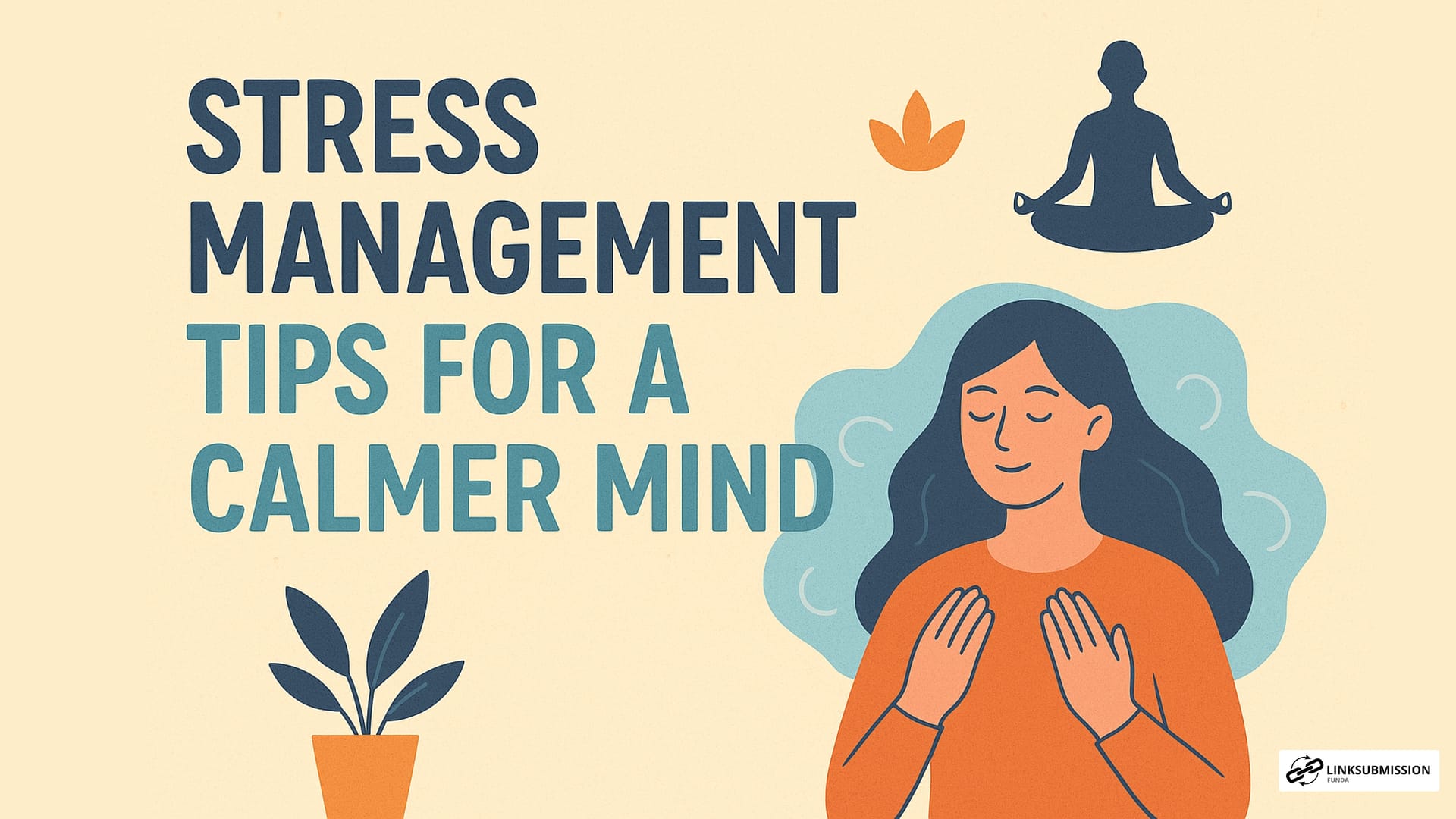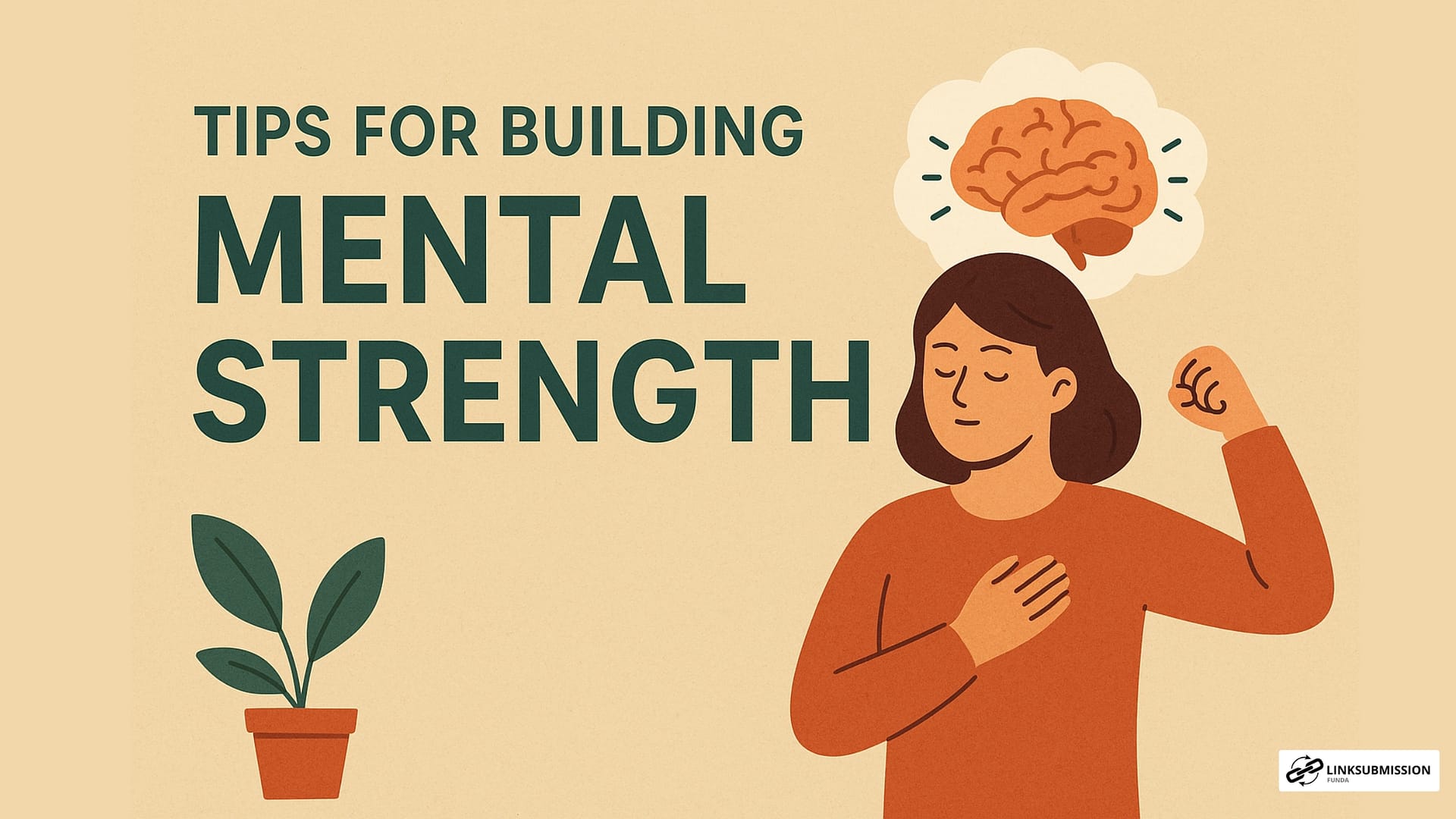Bad habits often sneak into our daily routines without us even realizing it—whether it’s procrastination, overeating, excessive screen time, or smoking. While these behaviors may provide short-term comfort or relief, they can negatively impact our health, productivity, and overall quality of life in the long run. The good news is that breaking a bad habit is absolutely possible with the right approach and mindset. It’s not about overnight change but about consistent, small steps that lead to lasting transformation.
Below are some practical and effective tips to help you break free from unwanted habits and replace them with positive ones.
1. Identify the Root Cause
Every habit has a trigger. For example, some people snack when stressed, scroll through social media when bored, or smoke when feeling anxious. To effectively break a habit, you must first identify what causes it. Ask yourself:
- When and where does this habit usually occur?
- What emotions or situations trigger it?
By understanding the root cause, you can take steps to address the underlying issue rather than just the habit itself.
2. Set Clear, Realistic Goals
Telling yourself, “I’ll never do this again” can feel overwhelming and may set you up for failure. Instead, create realistic goals. If you want to reduce your sugar intake, start by cutting down one soda a day rather than quitting all sweets instantly. Gradual change is more sustainable than abrupt restrictions.
Write down your goal and keep it visible—whether on your phone, desk, or fridge—as a daily reminder of your commitment.
3. Replace Bad Habits with Good Ones
Simply trying to “stop” a habit often doesn’t work because the brain craves a reward. The key is to replace the bad habit with a healthier alternative. For example:
- Instead of snacking on junk food, keep fruits and nuts within reach.
- Replace late-night scrolling with reading or journaling.
- Swap smoking breaks for a quick walk or deep-breathing exercises.
This way, you’re still satisfying the brain’s need for comfort but in a healthier way.
4. Use the Power of Small Steps
Breaking a habit requires consistency, not perfection. If you try to make a massive change all at once, you may feel discouraged and give up. Instead, focus on small, manageable steps.
For instance, if you want to exercise instead of binge-watching TV, start with 10 minutes of activity per day. Over time, those small steps build momentum and naturally replace the bad habit.
5. Track Your Progress
Keeping track of your progress not only helps you stay accountable but also motivates you to continue. Use a habit tracker app, a journal, or even a simple calendar to mark your successes.
Every time you avoid a bad habit or replace it with a good one, acknowledge it. Seeing your progress visually can boost your confidence and remind you of how far you’ve come.
6. Change Your Environment
Your surroundings play a big role in shaping your habits. If your environment constantly tempts you, it becomes harder to resist. Make adjustments such as:
- Removing junk food from your kitchen if you’re trying to eat healthier.
- Keeping your phone in another room while working to avoid distractions.
- Surround yourself with people who support your positive lifestyle.
When your environment aligns with your goals, breaking bad habits becomes much easier.
7. Practice Mindfulness
Many bad habits are done on autopilot, without conscious thought. Practicing mindfulness can help you pause, reflect, and make intentional choices. Techniques like meditation, deep breathing, or even just taking a moment to ask, “Why am I doing this?” can interrupt the cycle of automatic behavior.
8. Reward Yourself
Positive reinforcement is a powerful motivator. Reward yourself when you make progress—whether it’s enjoying a small treat, watching an episode of your favorite show after finishing work, or treating yourself to something meaningful when you hit a milestone.
Rewards give your brain a sense of satisfaction and encourage you to stick with your efforts.
9. Be Patient and Forgiving
Breaking a bad habit is not a linear journey. Slip-ups are part of the process. Instead of beating yourself up, view mistakes as learning opportunities. Reflect on what triggered the slip and how you can handle it differently next time.
Patience is key—habits that took years to develop won’t disappear in a few days. Consistency matters more than perfection.
10. Seek Support if Needed
Sometimes, breaking a habit can feel too overwhelming to handle alone. Don’t hesitate to seek support—whether from friends, family, support groups, or professionals. Having someone to encourage you and hold you accountable makes the process easier and less isolating.
Final Thoughts
Breaking bad habits is not about achieving instant perfection but about making steady progress. By understanding your triggers, setting realistic goals, replacing negative behaviors with positive ones, and staying patient, you can reshape your daily routines. Remember, the effort you put in today will shape a healthier, more productive, and happier version of yourself tomorrow.
The journey may take time, but every step forward is a victory worth celebrating.





